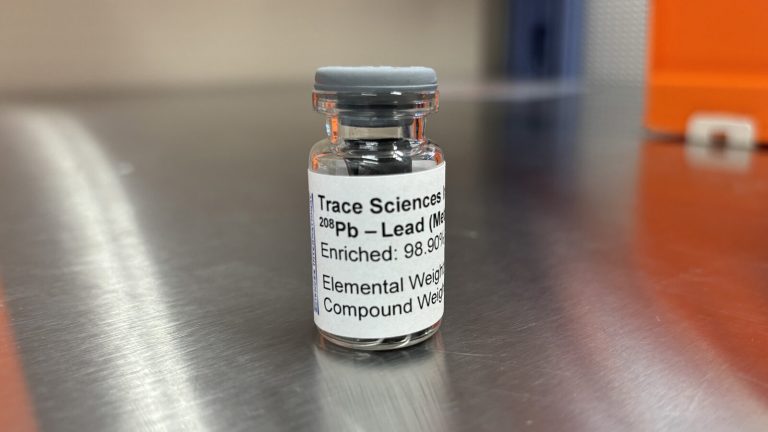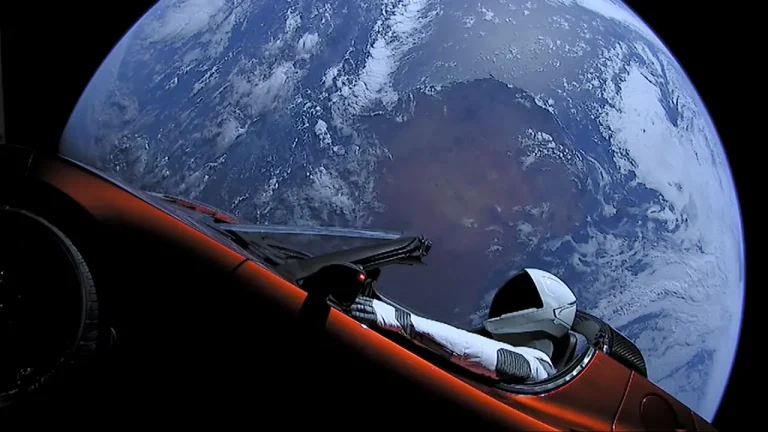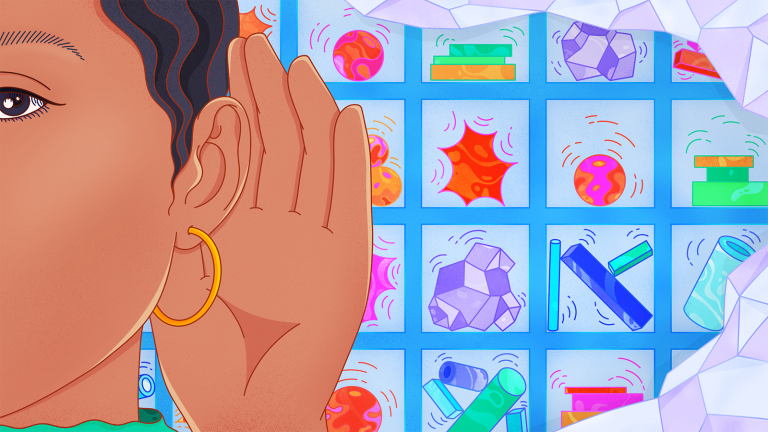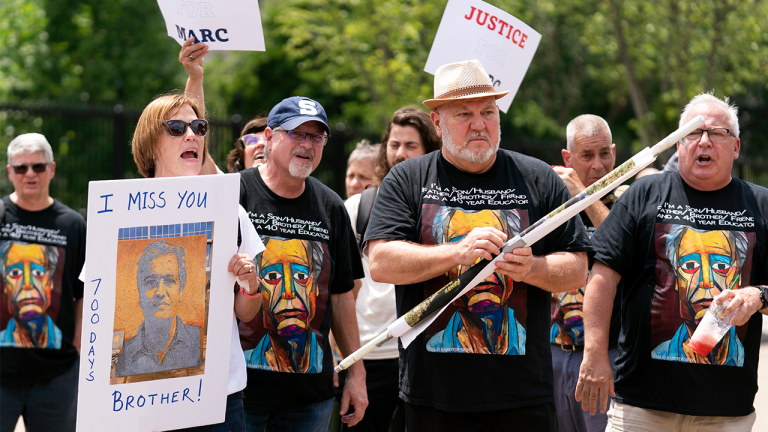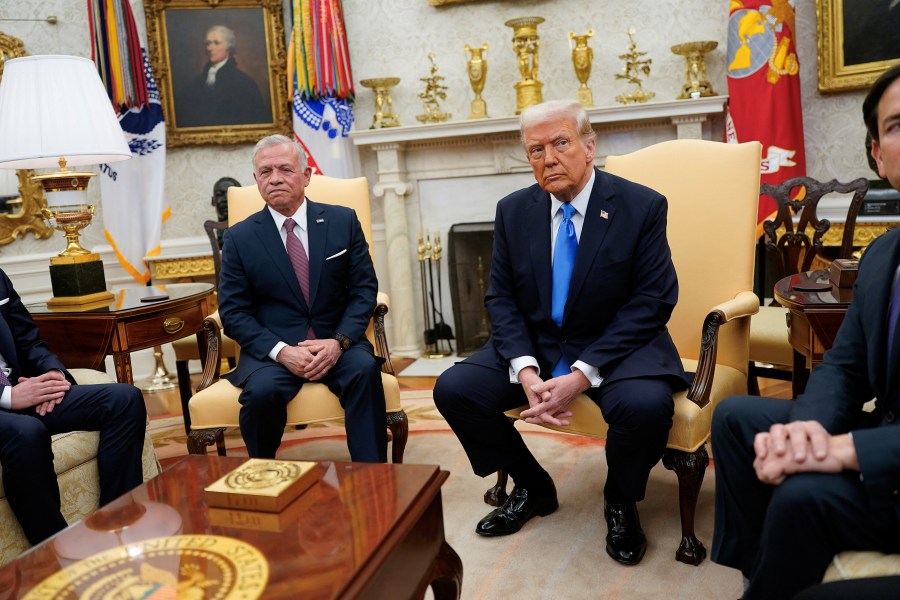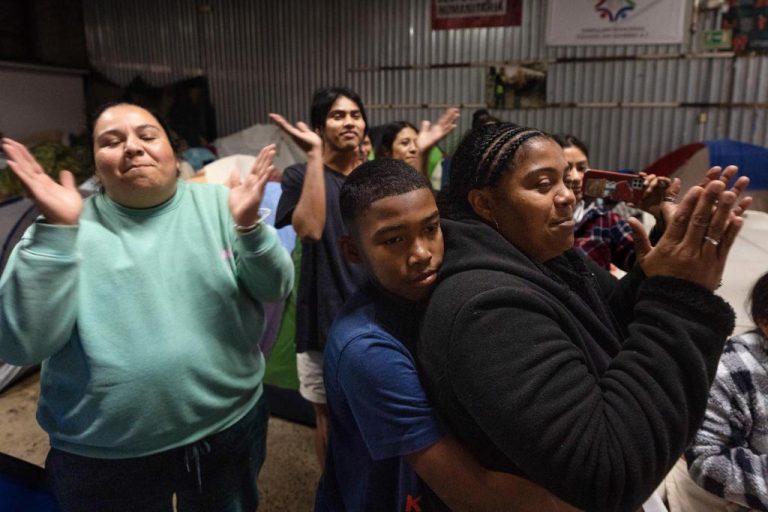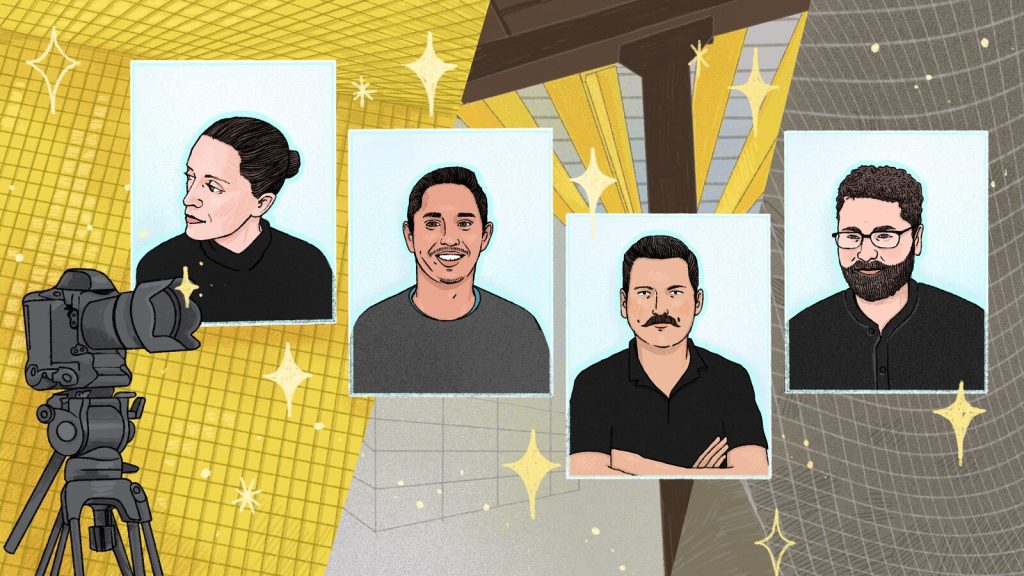
Discussing her decades-spanning career, photographer Annie Leibovitz commented, “There are still so many places on our planet that remain unexplored. I’d love to one day peel back the mystery and understand them.”
Across the globe, work is underway to peel back the mystery of neutrinos: ghostly particles that rarely interact with matter. Neutrinos interact so rarely, in fact, that capturing enough of them to study requires building particle detectors several stories high. The largest of these research initiatives, the Deep Underground Neutrino Experiment, will rely on gigantic, state-of-the-art particle detectors buried deep beneath the surface of Lead, South Dakota, and also at the US Department of Energy’s Fermi National Accelerator Laboratory in Batavia, Illinois.
Although DUNE remains one of those unexplored places for Annie Leibovitz, other photographers are diving into the investigation. Not surprisingly, they come from all over the world.
In this piece we will meet four photographers working to document the DUNE initiative to find out just what it takes to show off the largest effort so far to capture and understand the elusive neutrino.
Getting there
Before building the DUNE detectors, scientists must test and validate their technology. Scientists at European research center CERN have taken on this task by building and operating a prototype of DUNE, known as ProtoDUNE.
Marina Cavazza, a photographer who has worked with CERN during her career, is one of the photographers who has spent time capturing ProtoDUNE.
“Getting there is pretty interesting as a journey,” she says. “Finding your way around CERN is not always easy, and then you get to this huge building and inside you have the prototype.”
Even though it is only one-twentieth the actual size of the detector modules that will comprise the far detector in South Dakota, the DUNE prototype is impressive in its own right. With an exterior composed of red steel beams arranged in a Tetris-like pattern, and an interior that appears gold due to lighting, ProtoDUNE measures roughly 11 meters tall and 11 meters wide.
“You walk up there and this experience is pretty amazing. And when you pass through the curtain and you get in this golden square, you’re speechless,” Cavazza says.
For photographers across the ocean in the United States, the journey to witness progress toward DUNE takes a subterranean route. The far detector for the experiment is being built deep below the surface of the earth at the Sanford Underground Research Facility, a former mine that now serves as a premiere underground research space.
After arriving at SURF’s Ross headframe, a 150-foot-tall, corrugated metal structure that covers the hoist and shaft, photographers must pass safety training, and also don protective equipment that includes eyewear, hard hats, steel-toed footwear and personal oxygen self-rescuers worn around the waist. After a 10-minute ride down the shaft in a construction cage, photographers are finally able to capture the project underway.
For most first-time photographers at SURF, the process of going underground is unlike any other work assignment.
“I didn’t know when I first started going out to South Dakota what it would be like a mile underground, or how big these caverns are,” says Ryan Postel, a photographer with Fermilab.
“It was hard to prepare. You bring everything and hope you have the right tools for the job.”
First impressions
“It was amazing,” Cavazza remembers of her first trip to CERN to photograph ProtoDUNE. “It was a very special experience because everything in ProtoDUNE is quite fragile and the modules cannot be exposed to the light.”
Moving through the interior of ProtoDUNE proved to be a delicate act. “It was interesting to go inside because you have to put protection on the shoes and go through a clean room. And then there was like a false pavement, otherwise you were on this waffle-like material,” she says.
Cavazza is conscious of the fact that she is treading, albeit lightly, on a masterpiece of scientific achievement. “You are very, very careful because it is so delicate. And you don’t want to make a mess of it before it starts working.”
At SURF in South Dakota, photographer Matthew Kapust says his impressions of the far site for the Long-Baseline Neutrino Facility, the facility that will house the DUNE experiment, has changed over time as the project—and his career—progressed. A life-long resident of the Black Hills area, Kapust began working at SURF in 2009 as a communications intern before assuming a full-time role.
“My first time underground, I was still an intern, and I was sort of in the first class of interns, and we all got to take a tour underground. We went down the Ross in a much older cage—the one that’s there now is like luxury seating compared to the one I first rode in.”
The underground space at that time was still wet, as much of the area had not yet been drained for future construction and research. Going underground required plodding through mud in muck boots.
“We were trudging through this sludgy, slimy stuff,” Kapust says. “I think I ruined my pants because I couldn’t get the stains out.”
SURF photographer Stephen Kenny has similar memories.
“The first time I went down it was pretty dark; the brow [the opening of the shaft] hadn’t yet been excavated and there were just rope lights,” he says. “There was no concrete on the floor. I was disoriented. It’s hot, it’s humid. It was like all my senses were on overload.”
Kapust and Kenny each noted the warmer temperatures underground, created by geothermal heat, which could affect photographing the space, particularly in the winter.
“The deeper you go, the hotter it gets,” Kapust says.
Coming from the cold above ground, the cameras would enter the warmer environment and fog up on the inside and outside. Sometimes it could take up to 45 minutes for everything to acclimate, Kapust says.
“During the blasting phase it was 70 degrees and 90 percent humidity,” Kenny says. “Your lenses would fog up immediately. You have to keep the lenses warm overnight, or you have to wait for the glass to warm up.”
Conditions have improved since the excavation phase, Kapust says. “They have done an excellent job of engineering the ventilation system down there. You’ve got a lot of fresh air to keep things cooled off.”
Trick of the light
The interior of the DUNE prototype, which is made of stainless steel, cannot be exposed to certain types of light in order to protect its photon detection system. “There is only one big yellow light,” Cavazza says.
Photos of ProtoDUNE shared widely make good use of this lighting, to the point where many viewers may actually believe the interior of the detectors will be a fantastic shade of gold. “So my question is,” Cavazza says, “do I bring it back to the original color, or leave it gold?”
In the end, she decided to try to capture the interior of ProtoDUNE as it actually exists, without the fabricated golden glow. Despite this stripped-back appearance, the interior still maintains an elusive quality, Cavazza says.
“That box is actually an amazing product of the human brain—of all the research and thousands of people that are behind that,” she says. “That is a material object that is finally realizing years and years of research, and it’s not even the final product, it’s a prototype.”
Underground in South Dakota, photographers also face challenges related to light. For instance, many areas lack natural, or sometimes even artificial, light.
“Low light is the biggest issue,” Kenny says. “Because of the size, you couldn’t use flash. With a cavern that large, even a flash isn’t cutting it.”
Photographing excavation and construction underground required some teamwork between photographers and work crews, Kenny says. “We relied on light from heavy machinery [e.g., muckers, jumbo drills, bolters]. For a long time, every single time we went down, we had to work with the teams down there to make sure we had proper lighting. They were always accommodating so we could take advantage of every available light source.”
Postel tried to prepare for the low-light conditions prior to his first time underground. Flying out to South Dakota from Fermilab to photograph DUNE, he loaded up on every piece of equipment he could think to bring.
“For the first trip, we actually brought a bunch of new equipment with the low-light conditions in mind,” Postel says.
“What’s going through my mind is, I can’t walk away with nothing to show for it. I need to use every tool at my disposal to make sure that my team, the organization, the experiment, can all proudly show something and say, ‘This is what we’re doing.’ I approach it as, how can I best spend my time being the best facilitator of that?”
Capturing science
At CERN, Cavazza tried to capture people working, largely to show the size of the ProtoDUNE detectors. “It’s very often important to have some human in there for the scale of the object.”
At SURF, Postel also notes the difficulty in conveying the massive size of the work being done.
“You don’t have a ton of points of reference down there, and so you’re trying to throw everything at the wall so people can experience what you’re experiencing,” he says. “So, a lot of that was trying to have people in the frame that can give size relationships, or trucks. Things that can balance both the emptiness of the space with the potential with what will go on there.”
Photographing people at the site can be a challenge, Kapust says.
“A lot of the workers don’t feel super comfortable getting their photo taken, so I’ll show them the picture to make sure they’re comfortable with it,” he says. “If it’s blurred, people can’t even tell who it is and they lighten up. Sometimes they’ll even volunteer to be in [the photos] if you gain their trust.
“The work that those guys were doing is really amazing, and if you can showcase that, it’s pretty cool.”
Kenny tries to convey the magnitude of the project by utilizing virtual reality goggles. By taking photographs specifically designed for a 360-degree viewing experience, he can give someone who may never go underground the chance to see what he sees.
“We’ve been able to show people the scale of the caverns through 360-, VR images and put them dead-center in the north cavern and tell them to have a look around,” he says.
“We were showing these images to a leadership class from Leadership South Dakota and people were in complete awe. They were like, ‘Is that really nine stories?’ and, ‘Look at that!’
“They see the size of the bolter and the drill, and they know how massive that piece of equipment is. That really immerses the audience and gives them a sense of how big the caverns truly are.”
The big picture
In capturing DUNE, the photographers note the important role that images play in communicating the project to the outside world.
“You can draw people in that way,” Kapust says. “If you have an experiment a mile underground, access is not easy to get. And when you have a publicly funded experiment like this, you need to be able to communicate it to the public. I don’t think there’s a better way.”
For Cavazza, part of her role is to highlight that the work on ProtoDUNE comes from around the world.
“If you know a little bit of the background—that it’s all these scientists in different countries from different research labs, and then it’s all put together in one place, but every little bit comes from another part of the world—and you happen to be there to take a picture of that, it’s a big responsibility,” Cavazza says.
“The size of it, the meaning of it, and the huge step forward that it means. It’s more of a whole than just one small experience. This is a big piece of jewelry—that’s what it looks like. And to be inside of it, it’s a beautiful experience.”
For Kapust, a South Dakota resident, photographing DUNE and other experiments at SURF takes on a more personal significance.
“It’s really nice, from a local perspective, that this site has such a rich history,” Kapust says. “I think it’s super important for the area that this is happening. This is my home and it’s awesome to see such an amazing experiment put in this tiny town of Lead.”

